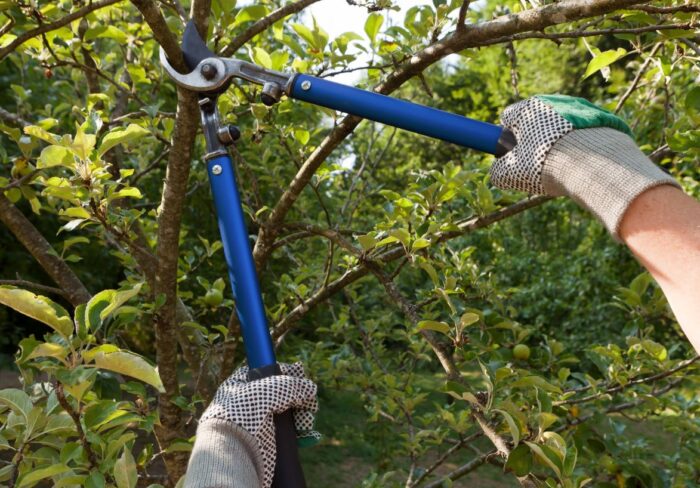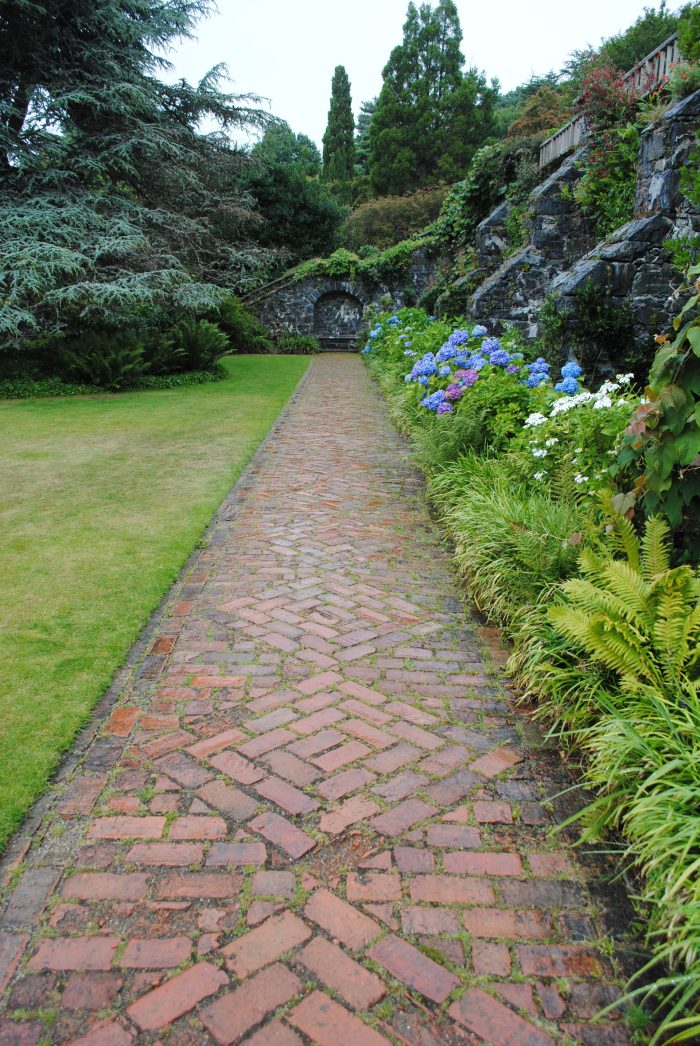Trees play an essential role in the environment, from providing oxygen and improving air quality to conserving water and supporting wildlife. However, to maintain the health and aesthetics of these invaluable life sources, some degree of human intervention is often required. One such practice is tree lopping – a technique that is as controversial as it is common. This blog post aims to delve into the science behind tree lopping, examining its impact on tree growth and health.
In this post, we will first introduce the fundamentals of tree biology and growth. We’ll then provide an in-depth look at tree lopping, including what it entails and why it’s done. Subsequently, we will investigate how tree lopping in Cairns influences the future growth patterns of trees and their overall health, revealing this practice’s immediate and long-term effects.
We’ll also cover the best practices for tree lopping when it’s deemed necessary and explore some healthier alternatives that can help preserve and enhance the life of our green companions. Whether you’re a professional arborist, a nature enthusiast, or a homeowner with a backyard full of trees, we hope this discussion will offer insights and guidance on responsible tree management.
To truly comprehend the impact of tree lopping, it’s vital to understand the basic principles of tree growth. Like all living organisms, trees follow a specific set of biological processes. These processes begin at the cellular level, with the formation and division of cells. This cellular activity contributes to the development of tree roots, trunks, branches, and leaves – each playing a unique role in the tree’s growth and survival.

The growth of a tree is primarily centred on its branches and leaves. Branches serve as conduits, transporting nutrients and water from the roots to the leaves and photosynthates (products of photosynthesis) from the leaves to the rest of the tree.
The leaves, in turn, are the tree’s food factories, converting sunlight, carbon dioxide, and water into glucose through photosynthesis. This glucose provides the energy needed for growth and regeneration. Consequently, any activity that interferes with these processes can significantly impact a tree’s health and growth.
Explaining Tree Lopping
Tree lopping refers to removing large tree sections, usually by cutting branches back to the trunk or main stem. This practice is typically carried out for various reasons, such as preventing trees from reaching utility lines, clearing away storm damage, creating views, or trying to stimulate new growth.
However, it’s important to distinguish between tree lopping and tree pruning. While pruning involves selectively removing branches to improve tree health and aesthetics, lopping often involves removing large portions of the tree without considering its biological needs.
The Science Behind How Tree Lopping Affects Tree Growth
Lopping a tree can have immediate and lasting impacts on its growth. Initially, it can significantly reduce the tree’s photosynthetic capacity, as the number of leaves, the main energy producers, is drastically reduced. This may temporarily stun the growth of the tree.
Over time, lopping can change a tree’s growth patterns. Trees respond to large pruning wounds by rapidly producing a multitude of thin, weakly attached branches known as water sprouts. These fast-growing sprouts draw heavily on the tree’s stored resources, leading to less vigorous growth elsewhere.
The Impact of Tree Lopping on Tree Health
Beyond its effects on growth, tree lopping can also compromise tree health. Removing a large portion of the tree’s crown eliminates much of the leafy canopy that shields the tree’s bark from sunlight. The resulting sunscald can damage tree tissues, making them more susceptible to pest invasions and diseases.

Moreover, lopping can cause significant stress to the tree, leading to reduced vitality and, potentially, premature death. The large wounds left by lopping are also slow to close, leaving the tree vulnerable to fungal and bacterial infections, weakening it over time.
Proper Practices for Tree Lopping
Despite its potential harm, tree lopping may be necessary in certain situations, like when a tree poses a safety risk. In these cases, following best practices to minimize damage is crucial. This includes making clean cuts, avoiding unnecessary wounds, and not lopping more than necessary. Often, it’s best to hire a professional arborist who understands tree biology and can carry out the work properly.
Alternatives to Tree Lopping
As a healthier alternative, tree pruning is often recommended over lopping. Pruning involves selectively removing branches to maintain tree health rather than indiscriminately cutting large sections. This method ensures the tree retains enough leaves for photosynthesis, reducing stress and promoting better health and growth.
Other tree management practices are also to consider, such as formative pruning in young trees to create a strong structure or cable bracing to support weak branches. By understanding and implementing these healthier alternatives, we can help ensure our trees remain vibrant and vital components of our environment.
In this exploration of tree lopping, we’ve shed light on the science that underscores its impact on tree growth and health. While lopping can be a tool for managing tree size and shape, it’s a practice that can significantly affect a tree’s biological processes, potentially leading to stunted growth, increased susceptibility to diseases, and even premature death.
Tree lopping is more than just removing branches—it is an action that interferes with the tree’s natural methods of growing and regenerating. It reduces a tree’s photosynthetic capacity, leads to abnormal growth patterns, and can inflict long-lasting stress. Despite this, there may be situations where lopping is necessary, and in such cases, it should be conducted following the best practices to minimize harm.
Ultimately, it’s crucial to approach tree management with an understanding and respect for their natural biology. Alternatives like pruning, formative shaping, and bracing are more considerate ways to handle tree health and aesthetics, allowing us to coexist harmoniously with these towering wonders of nature.
Trees are remarkable, resilient beings. Let’s ensure our practices reflect a commitment to their long-term health and survival, for they enrich our lives in countless ways. Trees deserve our utmost care, from providing shade and improving air quality to being silent witnesses of our seasons and years. Let’s embrace responsible tree management practices, contributing positively to the green heartbeat of our planet.













